How is Cheese Produced from Milk?
Making cheese is a simple process of talking fresh milk, (as fresh as possible) warming it to a given temperature, and allowing or encouraging the milk to acidify either naturally or by introducing an acid or, a specially prepared cheese culture or bacteria. Then the milk is warmed to encourage the growth of those bacteria until they multiply sufficiently to acidity the milk.
Once the right amount of acidity is reached the proteins in the milk will coagulate to form a thick gel. This gel is the early stage of the curd. The fat and water within the milk is then trapped with that gel through the growth of the bacteria generally lactic acid bacteria or LAB.
In the next phase you would add a coagulation medium usually rennet to further solidify the milk. The level of acidity of the milk will determine when the rennet is to be added. This will begin the coagulation process. In general the pH levels should be between 4.5 and 6. A pH meter can be purchased from cheese suppliers for as little as $30 or for a lab quality unit in the thousands. To get started you will not need one but it is highly recommended for the more advances cheeses as a method to control the consistency of your cheeses - so keep it in mind.
Once the coagulation is complete you need to separate the solids, known as curds from, the liquids which are called whey by cutting the curds to a size determined by the style of cheese you are making. The cutting of the curds can be done with a simple long bladed knife or spatula. Nothing elaborate is needed here. Care should be taken to cut the curds as evenly as possible so that they are approximately the same size.
Once the curds are cut the whey will begin to release whey and form curds. The curds being heavier than the whey will sink to the bottom of the pot. After the initial cutting of the curds they should be left undisturbed for a brief rest, this is known as healing the curds. Healing is used to give the delicate curds time to firm and form a film around them to protect them from losing their fats during the heating and stirring process.
Once healed the curds are gently stirred and heated until the desired level of firmness has been achieved, the curds are collected, drained and pressed together to form a semi solid block which we all know as cheese.
Proper acid development plays a critical role in the making of cheese. Not enough acidity will give you soft, mushy, cheese which will weep whey weeks after pressing. Too much acidity will cause the cheese to hold on to the whey for several days which can sour the cheese.
If this didn’t make sense to you do not worry. After making a few basic cheeses we will review the process and hopefully clear up anything that doesn’t seem clear right now.
Making cheese is a simple process of talking fresh milk, (as fresh as possible) warming it to a given temperature, and allowing or encouraging the milk to acidify either naturally or by introducing an acid or, a specially prepared cheese culture or bacteria. Then the milk is warmed to encourage the growth of those bacteria until they multiply sufficiently to acidity the milk.
Once the right amount of acidity is reached the proteins in the milk will coagulate to form a thick gel. This gel is the early stage of the curd. The fat and water within the milk is then trapped with that gel through the growth of the bacteria generally lactic acid bacteria or LAB.
In the next phase you would add a coagulation medium usually rennet to further solidify the milk. The level of acidity of the milk will determine when the rennet is to be added. This will begin the coagulation process. In general the pH levels should be between 4.5 and 6. A pH meter can be purchased from cheese suppliers for as little as $30 or for a lab quality unit in the thousands. To get started you will not need one but it is highly recommended for the more advances cheeses as a method to control the consistency of your cheeses - so keep it in mind.
Once the coagulation is complete you need to separate the solids, known as curds from, the liquids which are called whey by cutting the curds to a size determined by the style of cheese you are making. The cutting of the curds can be done with a simple long bladed knife or spatula. Nothing elaborate is needed here. Care should be taken to cut the curds as evenly as possible so that they are approximately the same size.
Once the curds are cut the whey will begin to release whey and form curds. The curds being heavier than the whey will sink to the bottom of the pot. After the initial cutting of the curds they should be left undisturbed for a brief rest, this is known as healing the curds. Healing is used to give the delicate curds time to firm and form a film around them to protect them from losing their fats during the heating and stirring process.
Once healed the curds are gently stirred and heated until the desired level of firmness has been achieved, the curds are collected, drained and pressed together to form a semi solid block which we all know as cheese.
Proper acid development plays a critical role in the making of cheese. Not enough acidity will give you soft, mushy, cheese which will weep whey weeks after pressing. Too much acidity will cause the cheese to hold on to the whey for several days which can sour the cheese.
If this didn’t make sense to you do not worry. After making a few basic cheeses we will review the process and hopefully clear up anything that doesn’t seem clear right now.






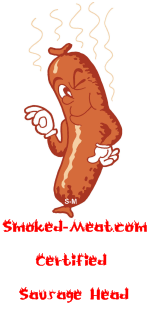
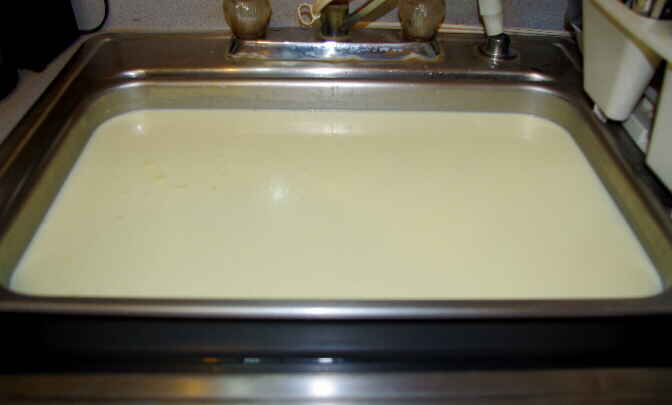
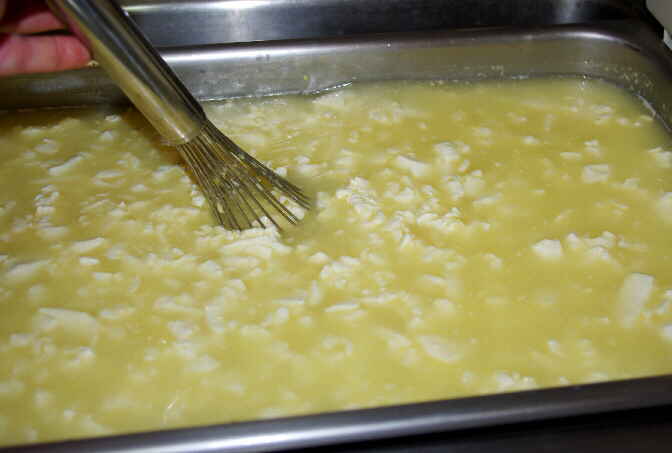
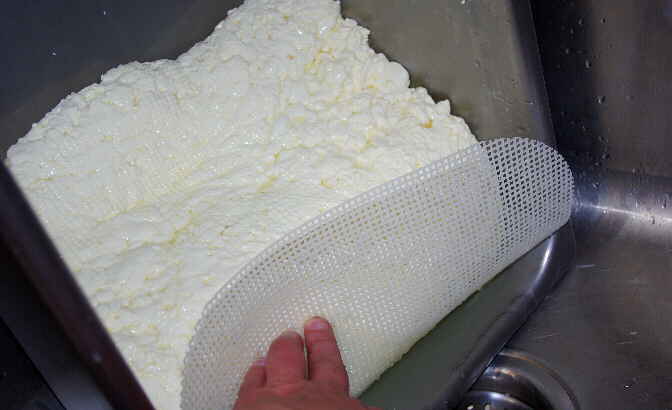
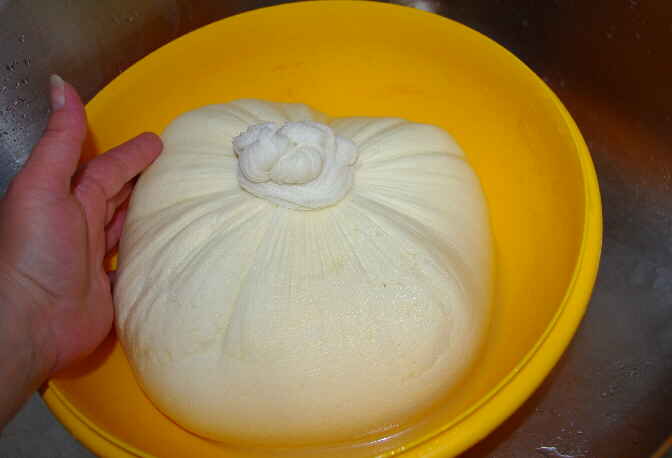
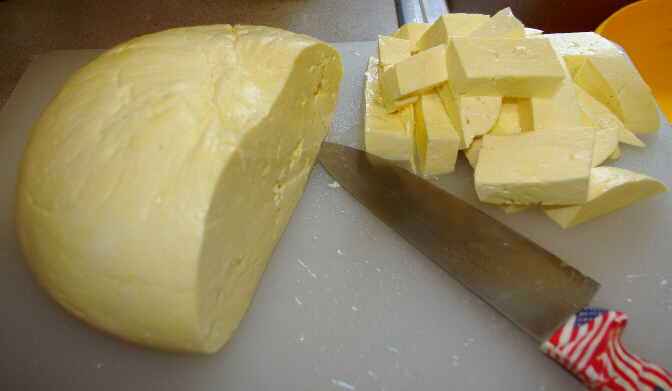
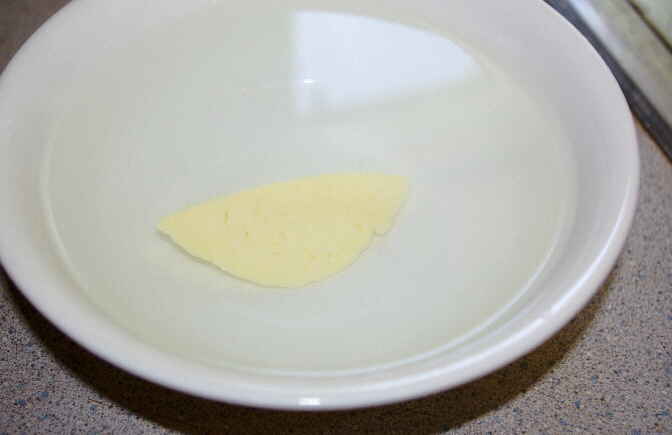
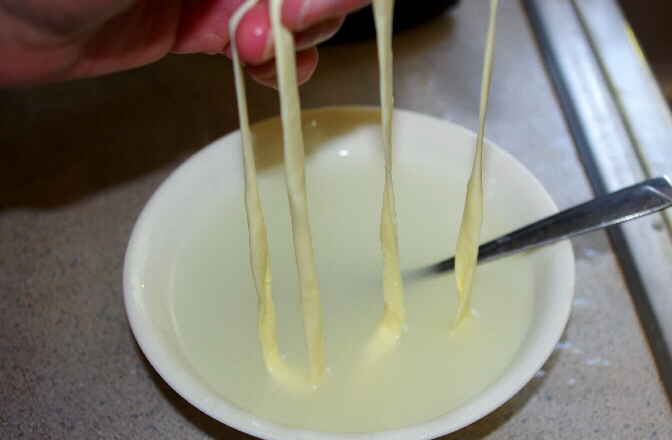
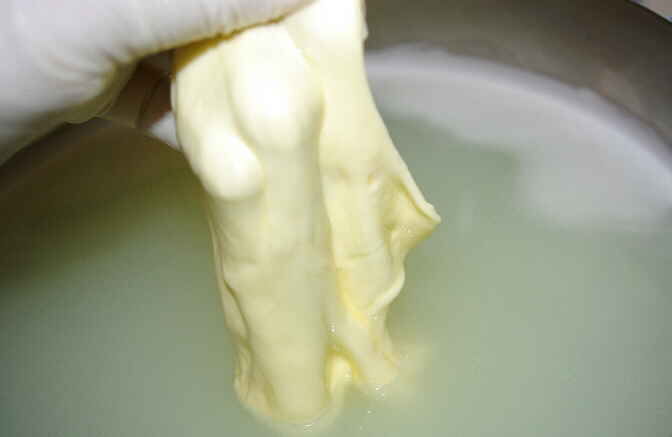
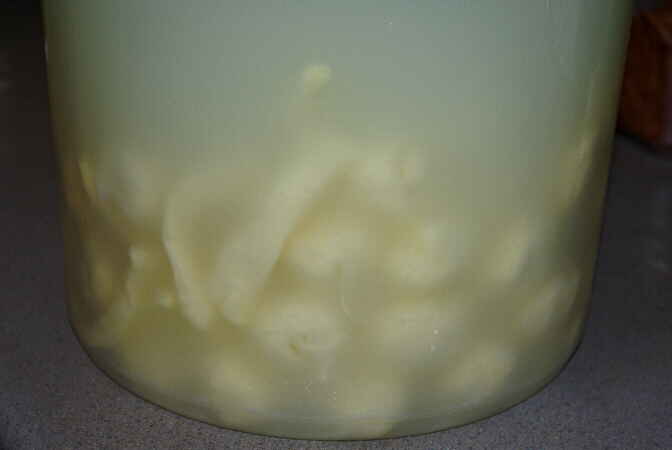
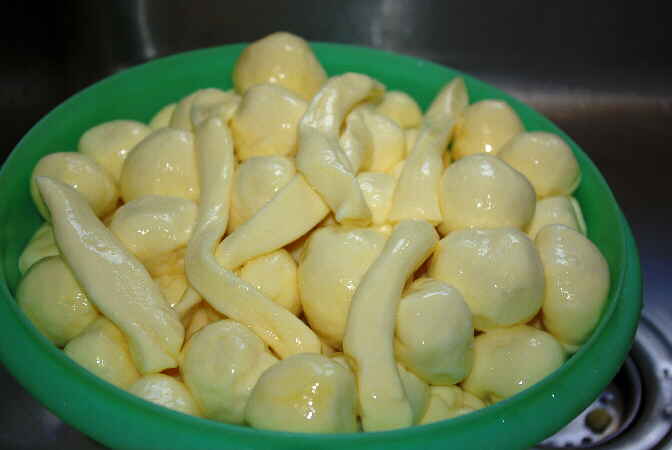
Comment